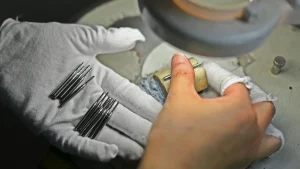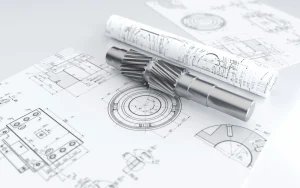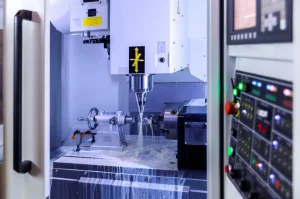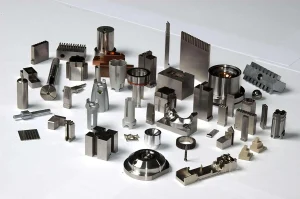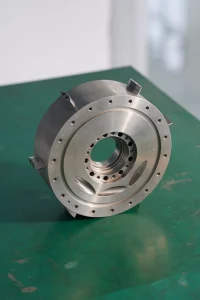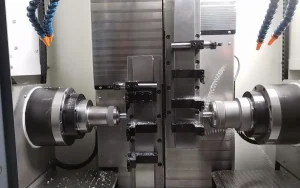In the rapidly evolving landscape of renewable energy, wind power has emerged as a significant player. Wind turbines, with their towering structures and large – scale blades, are becoming an increasingly common sight across the globe. To ensure the smooth and efficient operation of these wind turbines, wind power operation robots are playing an ever – more crucial role. And at the heart of these robots lies precision parts processing, a domain that demands the highest level of accuracy and technological prowess.
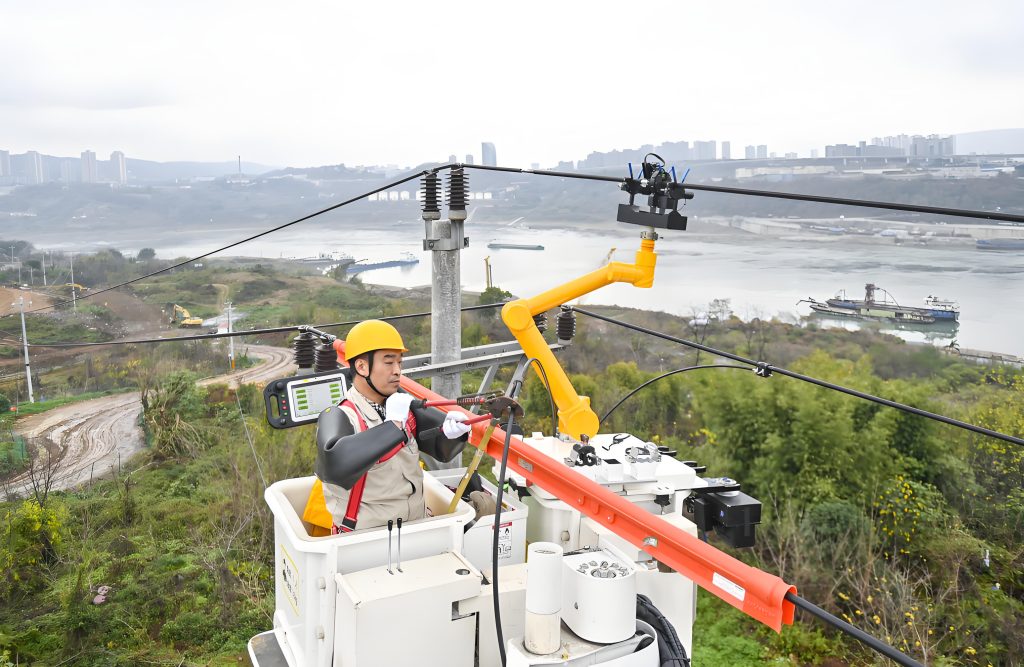
The Significance of Wind Power Operation Robots
Wind turbines are often located in remote areas, such as offshore or on mountainous terrains. These locations can be difficult to access and maintain manually. Wind power operation robots are designed to address these challenges. They can perform tasks such as inspection, maintenance, and repair of wind turbines with greater speed and precision than human operators in many cases.
For example, these robots can climb the tall towers of wind turbines to check for any signs of wear and tear on the blades or the mechanical components. They are equipped with advanced sensors that can detect even the slightest irregularities, ensuring that potential problems are identified and resolved before they escalate into major issues. This not only improves the reliability of wind turbines but also reduces the downtime, which is crucial for maximizing the energy output of these installations.
Precision Parts Processing: The Core of Wind Power Operation Robots
The components of wind power operation robots need to be precisely manufactured to meet the rigorous demands of their applications. Precision parts processing involves the use of state – of – the – art manufacturing techniques and equipment.
CNC Machining
Computer Numerical Control (CNC) machining is one of the most widely used methods in precision parts processing. In the context of wind power operation robots, CNC machining allows for the creation of complex parts with tight tolerances. For instance, the joints and connectors of the robots need to be machined with extreme accuracy to ensure smooth movement and high – strength connections. CNC machines can be programmed to produce parts with micron – level precision, which is essential for the proper functioning of the robots.
Material Selection and Processing
The choice of materials for the parts of wind power operation robots is also critical. High – strength and lightweight materials such as aluminum alloys are often preferred. Aluminum offers a good balance between strength and weight, which is important for robots that need to be mobile and efficient. However, processing aluminum alloys requires specialized techniques to ensure that the final parts meet the required specifications.
Rapidefficient, a leading player in the CNC aluminum processing market, has been at the forefront of developing innovative processing methods for aluminum alloys. Their expertise in handling different grades of aluminum and their ability to achieve high – precision machining have made them a reliable choice for manufacturers in the wind power industry.
Quality Control
Quality control is an integral part of precision parts processing. Every part produced for wind power operation robots must undergo strict inspection to ensure that it meets the design requirements. This includes dimensional checks, material property tests, and functionality tests. Any deviation from the specified standards can lead to performance issues or even failure of the robots in the field.
The Role of Rapidefficient in the CNC Machining Market
Rapidefficient has several unique features that set it apart in the CNC machining market.
Advanced Technology
Rapidefficient invests heavily in the latest CNC machining technology. Their machines are equipped with high – speed spindles and advanced control systems that enable faster and more accurate machining. This means that they can produce parts for wind power operation robots in a shorter time without compromising on quality. For example, their high – speed milling machines can quickly remove excess material from aluminum blocks while maintaining the tight tolerances required for robot components.
Skilled Workforce
Behind Rapidefficient’s success is a team of highly skilled engineers and technicians. These professionals have in – depth knowledge of CNC machining processes and are constantly updating their skills to keep up with the latest technological advancements. They are able to optimize the machining parameters for different parts, ensuring that the best possible results are achieved. Whether it’s programming a complex CNC operation or troubleshooting a machining issue, their expertise is invaluable.
Customization Capabilities
Wind power operation robots come in various designs and configurations, depending on their specific applications. Rapidefficient understands this need for customization and offers tailored solutions to its clients. They can work closely with manufacturers to design and produce parts that meet the exact requirements of their robots. This flexibility in production allows manufacturers to innovate and develop more efficient and effective wind power operation robots.
Future Trends in Precision Parts Processing for Wind Power Operation Robots
As the wind power industry continues to grow, there are several trends emerging in precision parts processing for wind power operation robots.
Miniaturization and Integration
There is a growing demand for smaller and more compact wind power operation robots. This requires the development of smaller and more integrated components. Precision parts processing techniques will need to adapt to produce smaller parts with even higher levels of precision. For example, the electronics and sensors in the robots may need to be integrated into smaller packages, while still maintaining their functionality.
Use of Advanced Materials
The search for new and improved materials is ongoing. Materials with better strength – to – weight ratios, corrosion resistance, and durability are being explored. Precision parts processing will need to be able to handle these new materials effectively. For instance, the use of advanced composite materials may require the development of new machining techniques to ensure that the parts can be fabricated to the required standards.
Automation and Smart Manufacturing
Automation and smart manufacturing technologies are becoming increasingly important in precision parts processing. These technologies can improve the efficiency and quality of production. For example, automated inspection systems can quickly and accurately check the quality of parts, reducing the reliance on manual inspection. Smart manufacturing systems can also optimize the production process by collecting and analyzing data from the machining operations.
Conclusion
Precision parts processing for wind power operation robots is a critical aspect of the wind power industry. It requires a combination of advanced technology, skilled workforce, and strict quality control. Rapidefficient, with its advanced CNC aluminum processing capabilities, skilled team, and customization options, is well – positioned to meet the needs of the wind power industry. As the industry continues to grow and evolve, the demand for high – quality precision parts and reliable processing services like those offered by Rapidefficient will only increase.
If you are in need of high – precision CNC aluminum processing for your wind power operation robot components, look no further than Rapidefficient. Their commitment to quality and efficiency makes them the ideal partner for all your precision parts processing needs.

